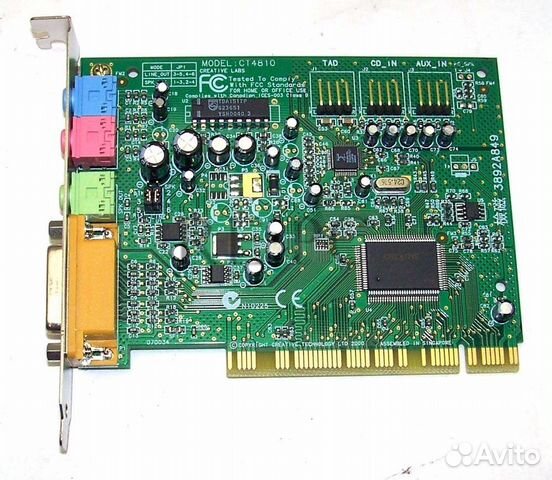

The SB Live! PCI itself requires a Creative resident MS-DOS driver to imitate the hardware interface of an MS-DOS-era SB16 card.
Ct4810 dos drivers drivers#
To play Theme Hospital on a SB Live! PCI under MS-DOS, two different kinds of drivers are used. The SB support is hard-coded in the game. To play Halloween Harry on a real Sound Blaster ISA card, no extra drivers are needed in autoexec.bat. These drivers can be hard-coded into the game, or stored as a collection of external files like in HMI or Miles.ĭepending on the game and card you have, one or both of these may apply: Games use a collection of per-card drivers to talk to the appropriate hardware interface of the sound card, such as one of the Sound Blaster interface tiers, or the Gravis Ultrasound wavetable. Exotic cards may need memory-resident translation layers. Later PNP Sound Blasters (SB16/AWE) and clones may need a driver that performs one-time initialisation. Real ISA Sound Blaster cards don't need any drivers to initialise or support them. You basically wrote a piece of code that should only give a certain result in the presence of the expected device (fx setting up the on-board timers on the AdLib card), ran it blindly against the conventional or specified I/O addresses and saw what dropped out of the sky. Mainly, detection was based on conventional I/O, IRQ and DMA allocations supplemented by environment variable conventions specifying these configuration points. It is possible that some devices only monitored a minimal I/O footprint until an init sequence was performed to reduce this risk, but this is not behaviour I recognize from the sound routines I wrote myself for AdLib, Roland MPU-401 MIDI and classic SoundBlaster cards. With no resource management provided by DOS, you would have to detect devices manually which could be a bit tricky and potentially trigger crashes depending on what happened to be installed in the I/O space. Maybe due, in part at least, to the fact that multimedia services were rapidly evolving. In the sound context, however, programs would typically do the device I/O directly by reading and writing I/O ports directly, handling interrupts and DMA transfers when relevant.
Ct4810 dos drivers software#
The typical way to provide "driver" services to other programs in DOS is to run a TSR (Terminate and Stay Resident) program installing a software interrupt vector such that running DOS programs could invoke this INT for services (see Ralph Brown's Interrupt List).


 0 kommentar(er)
0 kommentar(er)
